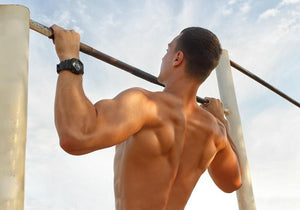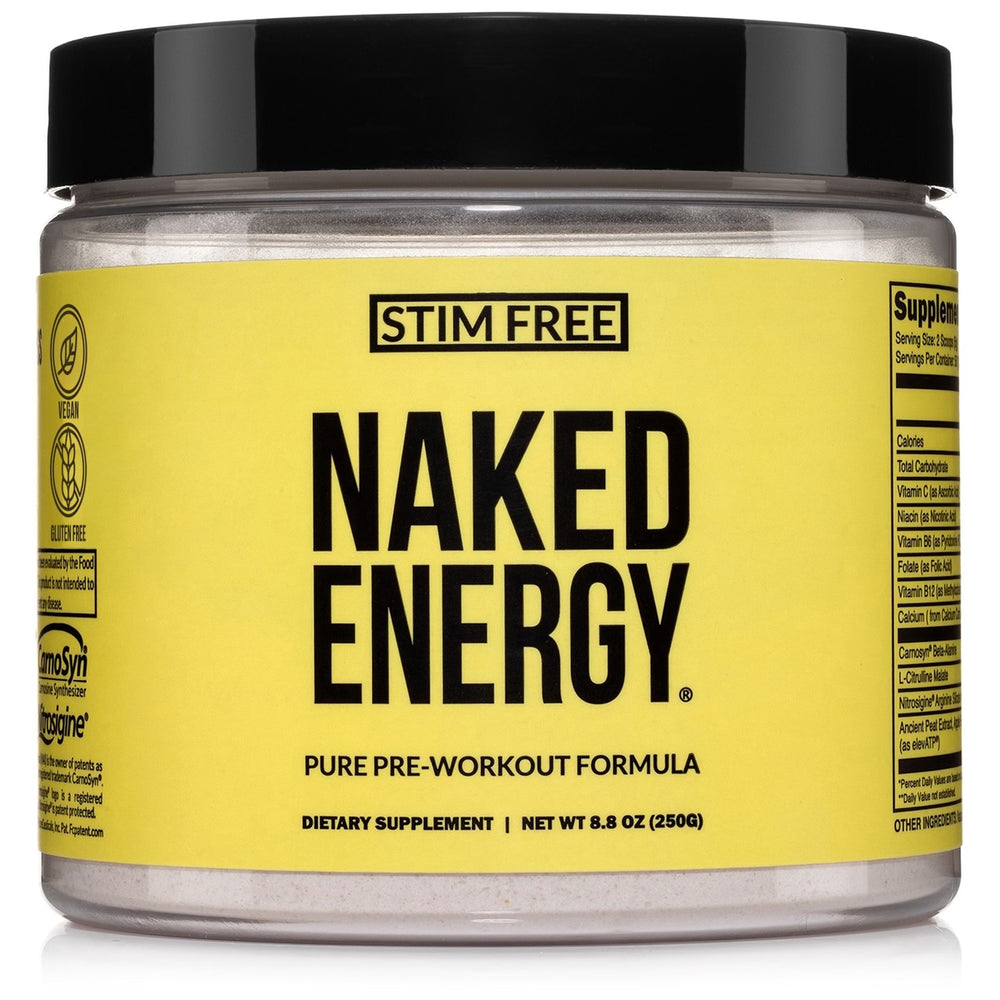
The good morning exercise is one of the most misunderstood in the fitness community. As a result, it’s also one of the most underrated.
A form-correct, safely-executed good morning is an extremely versatile movement, capable of hitting a number of different muscle groups all at once. But it’s vital to know how to do good mornings correctly, so you don’t risk serious injury by doing them with poor form.
It’s particularly important to know where in your body you’re supposed to be feeling a good morning, so you can quickly identify if your form is dropping and you’re putting stress on the wrong area.
Read on for tips on how to do good mornings right, and more to help you fully understand how good mornings work.
How to Properly Do the Good Morning Exercise
A good way to think of the good morning exercise is something in between a squat and a deadlift. Another term for a good morning is a “hip-hinge”, which also describes the movement pretty well.
It works like this. You load the bar on top of your shoulders/upper back, as you would with a squat. Then, keeping your back straight, lean forward and lower the weight, moving quite like you would with a deadlift.
Here’s a step-by-step walkthrough:
- Load the bar on your shoulders. You should do this with a very light weight, even just the bar, or no bar or weight at all to start with.
- Keep your feet shoulder-width apart, and knees slightly bent.
- Engage your core, keep your back straight, and lower the weight, bending at the hips. Push your chest out to help keep your back from rounding.
- As you descend, push your hips backward. The objective should be to keep your chest in line with your knees, rather than leaning too far forward.
- Get to a 15-degree angle, then come back up to the starting position.
Where Should I Feel a Good Morning Exercise?

Good mornings work the muscles along your posterior chain, which is the group of muscles along the back side of your body.
This includes the following muscles.
- Hamstrings
- Glutes
- Lower back
This gives you a good idea of where you should feel a good morning exercise. The primary action should be felt in the hamstrings and glutes. You should feel a stretch here, specifically the hamstrings.
Good mornings also work the lower back muscles, but ideally, this should not be the primary area at work.
If you’re feeling a significant strain in the lower back (especially if it’s stronger than the stretch in your hamstrings/glutes), this is a sign that you may be rounding your back and risking injury.
Common causes include using too much weight, leaning too far forward or not properly activating your core and lower body during the movement.
What Are the Main Benefits of Good Mornings?

As mentioned in the previous section, good mornings are a great workout for the posterior chain.
In one movement, you’re hitting the hamstrings, glutes and lower back, which are very important for explosivity and functional strength.
At the same time, you’re also activating a wide range of supporting muscle groups to help stabilize the movement, including the abs, calves, shoulders, lats, and arms.
That’s a lot to get from just one exercise, making it a super efficient piece to add to your workout routine.
Another huge benefit of good mornings is their versatility. You can do good mornings as a strength lift, to build mass and strength along the posterior chain. However, they’re also great for mobility and flexibility. You can do good mornings with little or no weight, and still get a lot of benefit from the stretch it gives you in the hamstrings and glutes (which are extremely tight for a lot of people).
You can do good mornings as a warmup or dynamic stretch too, to wake up your posterior chain before going all out on deadlifts or squats, for example.
Simply put, there are a ton of reasons to start doing good mornings. Just make sure you know how to do them with proper form.
When to Do Good Mornings
When should you do good mornings?
Well, you can start with what’s in the name; unweighted good mornings are awesome to do first thing in the morning, to loosen up the body after being motionless for the last 8+ hours.
But truthfully, you can do good mornings at any time, or at any stage of your workout. As we said before, they’re a super versatile exercise. You can do good mornings as part of your warmup, or part of your actual workout.
If you want to do good mornings as a proper lift, and you do push/pull days, do good mornings as part of your pull routine.
Otherwise, if you split your days by muscle groups, you can add them to back days or leg days, or simply as an all-round exercise to lump on to and kind of routine.
Are Good Mornings Safe?

Good mornings are safe, as long as your form is correct.
Feel free to go over the walkthrough we shared earlier for how to do good mornings right. The important thing is to keep your back straight, don’t lean too far forward, and not to overdo it with the weight.
As long as you’re careful, good mornings are no more dangerous than a squat or a deadlift. But they can go wrong in a hurry, so always be mindful of your form, and take it slow when starting out.
How to Warm Up Before Good Mornings
If you’re doing weighted good mornings, you definitely want to be warm beforehand.
Some light cardio or dynamic stretching is a good idea before any workout, and particularly before loading a weight on your back for a good morning. Taking your clean pre workout supplement, and giving it time to kick in will help too.
You can also simply use good mornings to warm up for good mornings. Before you load a weight on, do a set or two of unweighted good mornings to get the form right and get a bit of a stretch going in the glutes and hamstrings.
When it comes time to add a little weight on, your body will be much better prepared, and you’ll have an easier time maintaining the right form and staying safe.







